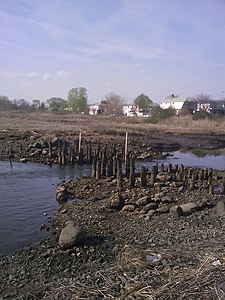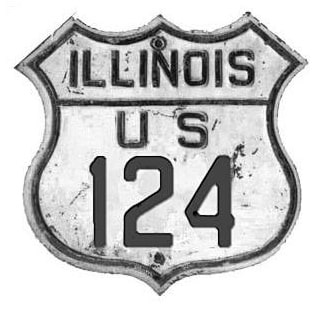Riverton, Alabama, a Damming Casualty (And the Railroad that Served It)

Once located in the far northwestern corner of Alabama , the townsite of Riverton on the Tennessee River is now underwater, after the construction of the Riverton Lock , which began in 1895 and was fully completed in 1911 as part of the Tennessee Valley Authority's efforts to improve navigation along the river. The project was crucial for supporting the growing industrial movement in the region, but it had the unintended consequence of drowning the town of Riverton. Despite being unworthy of saving, at least in the eyes of those damming the Tennessee River, the area had a rich history, dating within modern times to 1715 , though certainly indigenous history played a much older role in the area. The first major upstream landing on the Tennessee River was Riverton, a former town site in Colbert County, Alabama. Riverton was located on the east side of the junction of the Tennessee River and Bear Creek, across Bear Creek from Eastport. Colbert and Bee Tree Shoals were immediately up...








